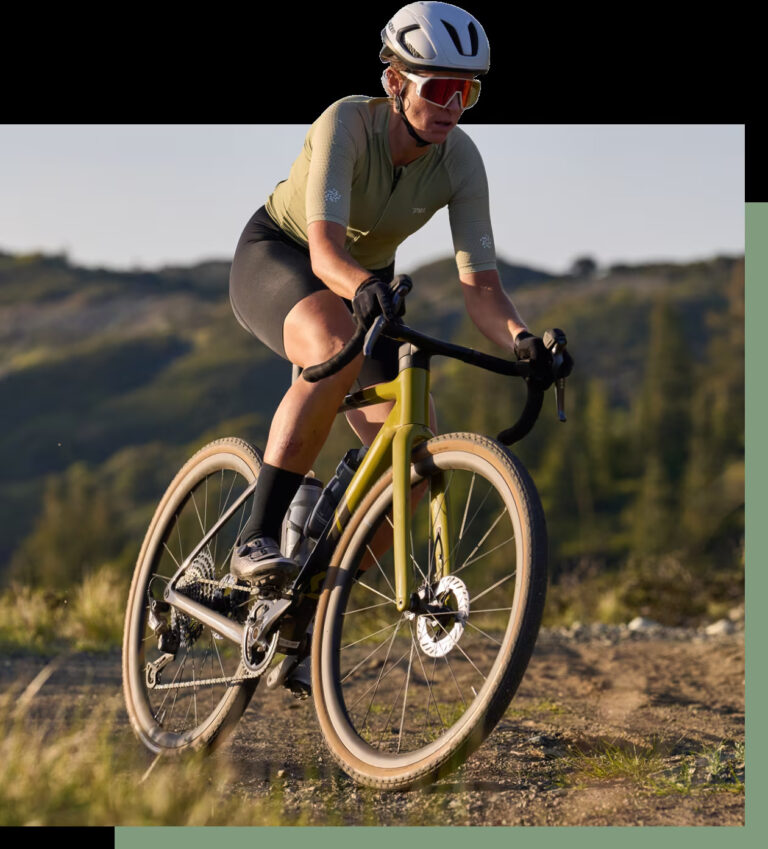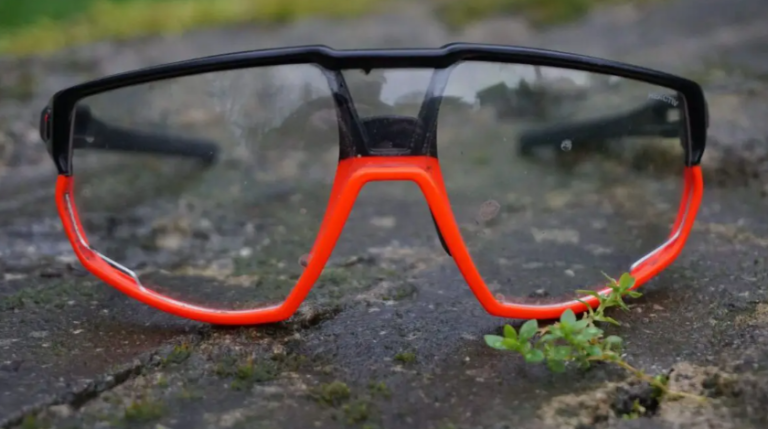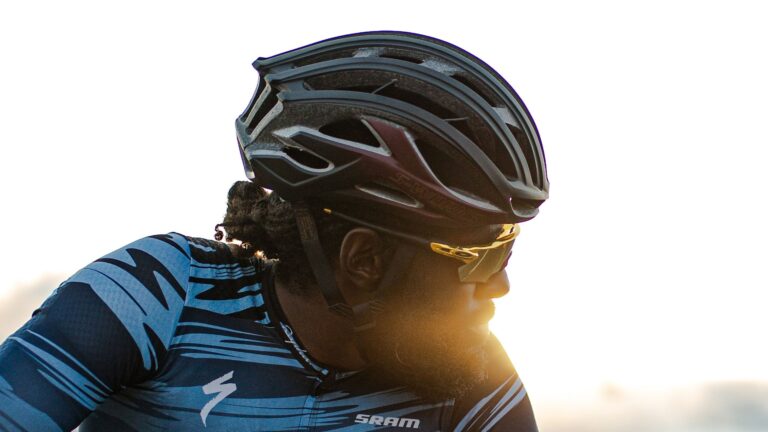Mastering Climate-Specific Helmet Choices: Your Guide to Selecting a Gravel Bike Helmet for Different Climates
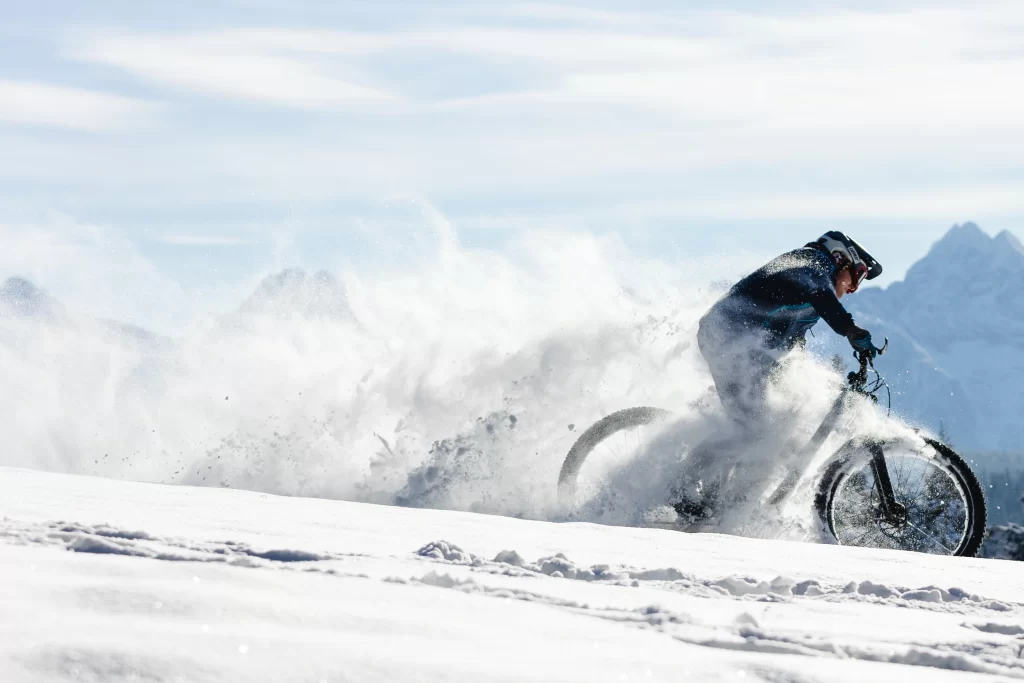
Key Point Summary of Selecting a Gravel Bike Helmet for Different Climates:
- Climate-Adaptability: Selecting helmets that suit varying weather conditions for optimal comfort and safety.
- Ventilation vs. Insulation: Balancing breathability and warmth for diverse climates.
- Material and Design Considerations: Understanding how different materials and designs can enhance your riding experience in varying weather.
As a seasoned cyclist who has raced and ridden on mountain bikes, gravel bikes, and cyclocross bikes, I’ve learned that choosing the right gear, especially a helmet, can significantly impact your riding experience. This is especially true when it comes to adapting to different climates. In this article, I’ll share insights tailored for beginner to mid-level cyclists, enriched with personal anecdotes, to help you select a climate-appropriate helmet for your gravel biking adventures.
Climate-Adaptability: Choosing the Right Helmet
Understanding Your Environment:
When selecting a helmet, consider the typical climate you’ll be riding in. For instance, I once used a heavily ventilated helmet for a winter ride and quickly realized how vital insulation is in cold conditions. Conversely, in hot climates, a helmet with ample ventilation is a godsend to avoid overheating.
Ventilation and Breathability Features
For maximum comfort during rides, it’s crucial to look for helmets that offer excellent ventilation and breathability. Good ventilation is essential to avoid overheating, especially in warmer climates or during intense rides. Look for helmets with strategically placed air vents and internal channeling systems that guide airflow. Moisture-wicking padding or liner materials are also important to keep you dry and comfortable by pulling sweat away from your skin.
Ventilation vs. Insulation
Striking the Right Balance:
In temperate climates, look for helmets that offer a balance between ventilation and insulation. During a spring ride in the Pacific Northwest, I found that helmets with adjustable vents were incredibly versatile, allowing me to adapt to changing conditions mid-ride.
Cold Weather Riding:
For colder climates, helmets with less ventilation and options for insulated liners can make winter rides more comfortable. You can always layer a thin cap under the helmet for extra warmth, as I often do during chilly morning rides.
Hot Weather Considerations:
In warmer climates, helmets with maximum ventilation and sweat-wicking properties are crucial. I recall a summer ride in Arizona where my helmet’s superior airflow made a noticeable difference in my comfort and endurance.
Material and Design Considerations
Impact of Materials:
The materials used in the helmet can also influence your comfort in different climates. For example, helmets with polycarbonate shells tend to be lightweight and offer good ventilation, which is ideal for warmer climates.
Design Features for Weather Adaptability:
Some helmets come with features like removable visors or interchangeable liners, which can be particularly useful. I once used a helmet with a detachable visor on a multi-day ride, which was perfect for transitioning from forested trails to open, sunny roads.
Adjustable Fit Systems for Comfort
A helmet with an adjustable fit system can greatly enhance comfort. These systems allow customization of the helmet’s fit to your head shape and size, ensuring a secure and snug fit. This is particularly important on rough terrain to prevent the helmet from slipping. Additionally, some systems offer height adjustments for optimal positioning on your head.
Adjustable fit systems are common in higher-end helmets from various brands and are designed to enhance comfort and ensure a secure fit, which is essential for rough terrain riding. Some popular helmet models known for their adjustable fit systems include the Giro Aether MIPS, Bell Z20 MIPS, and the Lazer Century MIPS. These models are noted for their snug fit, adjustable retention systems, and additional safety features like MIPS technology.
Lightweight Helmets for Long Rides
For long rides, a lightweight helmet can significantly increase comfort. Helmets made from materials like carbon fiber or high-grade polycarbonate are ideal as they offer strength while keeping the weight minimal. This reduction in weight not only eases strain on your neck muscles but also improves aerodynamics, reducing drag and wind resistance.
Visor Options for Sun and Debris Protection
Visors in helmets are beneficial for shielding your eyes from sun, rain, and debris, especially on gravel roads. When choosing a helmet with a visor, consider its effectiveness in blocking UV rays and its stability during rides.
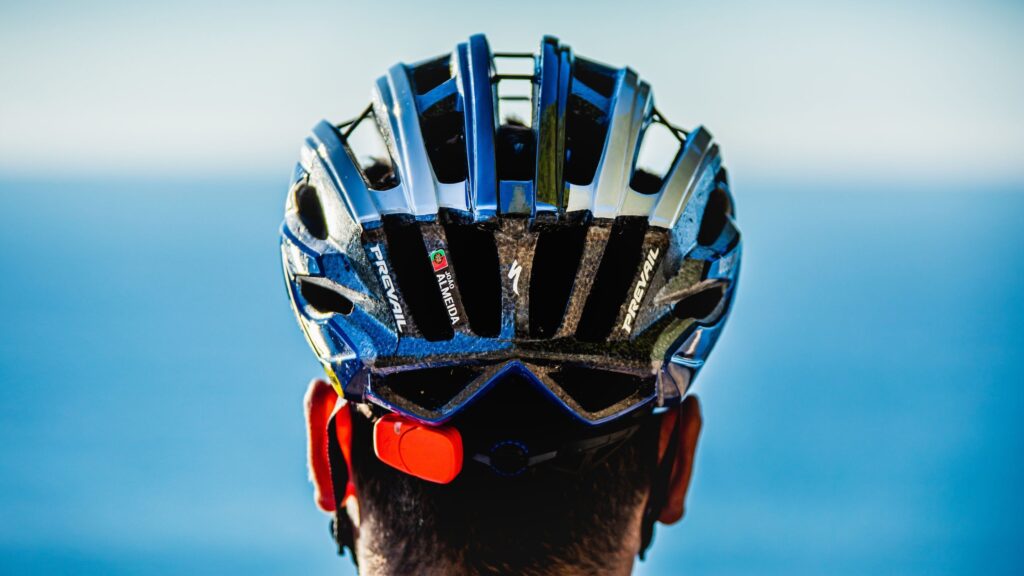
Impact Absorption and Crash Test Ratings
Safety is paramount, so it’s important to choose helmets that meet recognized safety standards like CPSC or EN1078. Look for helmets with materials that effectively absorb impact, like EPS foam, and technologies like MIPS or Koroyd for additional protection against rotational forces.
Helmet Certifications to Look For
Ensure the helmet you choose is certified by organizations like the Consumer Product Safety Commission (CPSC) or European standard EN 1078. These certifications indicate that the helmet has passed stringent safety tests.
Helmet Sizing and Proper Fit
A properly fitting helmet is crucial. Measure your head circumference and try on various sizes to find the right fit. Adjust the straps and check for stability to ensure the helmet stays in place.
Maintenance and Care Tips
Maintaining your helmet is essential for its effectiveness. Clean it with mild soap and water, store it in a cool, dry place, and regularly inspect it for damage. Avoid harsh chemicals that can damage the materials.
Styles and Designs
Choose a helmet style that suits your preference without compromising on safety. Look for customizable features like removable visors, adjustable fit systems, and interchangeable pads for personalization.
Advanced Technologies for Enhanced Safety
Some helmets feature advanced safety technologies like the ANGi crash sensor, which sends automatic notifications to emergency contacts in the event of a crash, and Giro’s Spherical Technology developed with MIPS, provides comprehensive protection against impact forces.
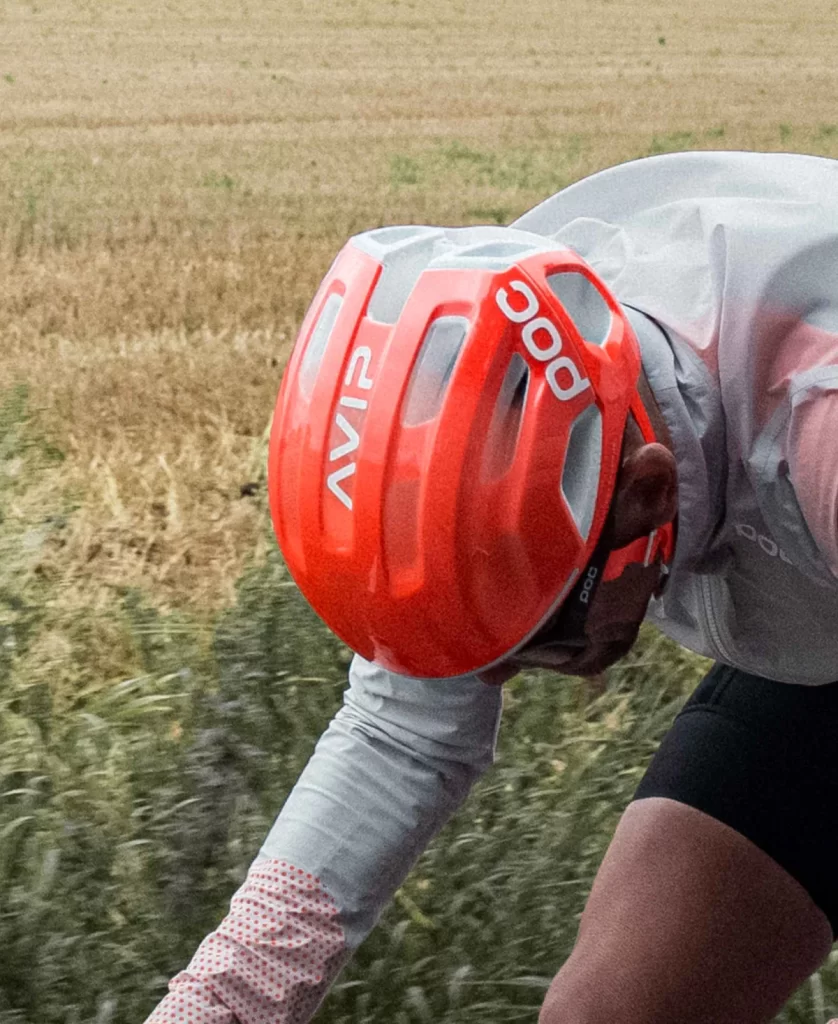
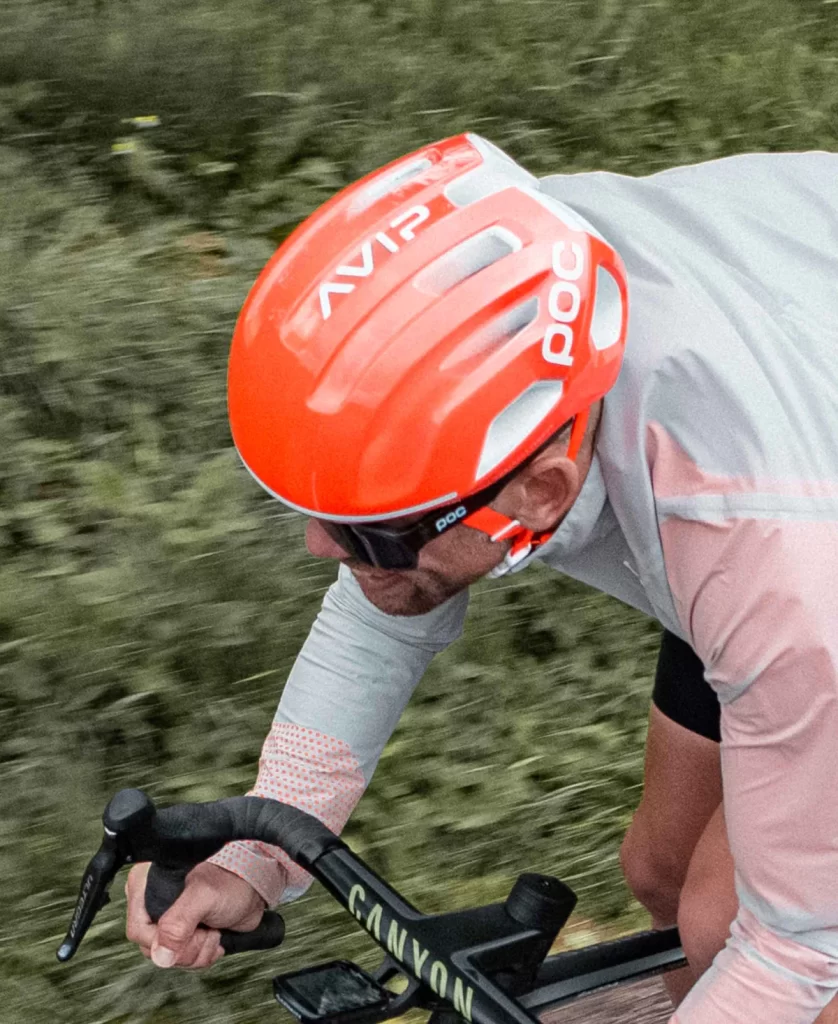
Weather-Specific Helmets
For bad weather, consider helmets like the POC Ventral Tempus SPIN, which offers protection against wind, rain, and snow with its fully-covered shell and SPIN technology. For hot weather, helmets like the Specialized S-Works Prevail II Vent with improved ventilation are ideal.
Wrapping Up: Your Helmet, Your Climate, Your Ride
Selecting the right gravel bike helmet for different climates might seem daunting, but with these insights, you can make an informed decision. The key is to understand your specific needs based on the climate you ride in most frequently and to choose a helmet that offers the right balance of ventilation, insulation, and comfort.
Happy riding!
John
FAQ
How do I choose a gravel helmet?
To choose a gravel helmet, focus on comfort, ventilation, weight, safety features like MIPS, weather suitability, compliance with safety standards, and additional features such as visors and eyewear compatibility
What helmet do you wear on a gravel bike?
On a gravel bike, it’s advisable to wear a helmet that offers a balance between ventilation and protection. Look for helmets with extended coverage, particularly at the back and sides, to provide extra protection on uneven terrain. Helmets with good ventilation are also essential to keep you cool during long rides. Features like visors for sun and debris protection and adjustable fit systems for a comfortable and secure fit are also beneficial. Options like the Giro Aether MIPS and POC Octal X SPIN are popular among gravel cyclists for their comfort, ventilation, and safety features
Why are kask helmets so expensive?
Kask helmets are expensive due to their focus on high performance, safety, and design. They are often used by elite athletes and have features like excellent ventilation, impressive aerodynamics, and innovative safety technologies. Kask also invests in research and development, working closely with professional cycling teams to refine their helmets. These factors, combined with their commitment to quality and performance, contribute to the higher price point of Kask helmets, positioning them as a premium choice in the market.

